|
Italy has so much history that the natives probably get bored with it. I can’t tell you how many times we’ve been trying to find important historical sites only to get lost. The problem is that, at best, there may be a little sign in Italy telling you that X is down this particular road or to “turn here for…” We’re not used to that. The American tradition of putting up great neon signs every 20 feet or so to advertise a site, while a bit gauche, is very useful for us dumb tourists. Sadly, in Italy you could literally be driving past the location of an event that shook world history and not even know it. If you get distracted by one cute squirrel you might completely miss that little sign and never be any the wiser. This could easily have been the case for one of the most important battle sites of Ancient Rome: Hannibal’s Battle of Trebia. No, not the Hannibal who fancies chianti and fava beans with a heaping plate of cannibalism (though he’s interesting too), but Hannibal Barca, genius battle strategist and scourge of ancient Rome. You might remember him from history class. He’s that general from Carthage (i.e., modern-day Tunisia in North Africa) who marched an army of 30,000 men – including 15,000 horses, lots of donkeys, and 37 war elephants (!!) – over the alps. Who does that? Either a genius or madman. Hannibal was no dumb-dumb, though, and he was very motivated to take the Roman Empire down a peg or two. After descending from the alps with his poor pachyderms and meandering around Italy for a while, wily old Hannibal knew he had to humiliate the Romans in a grander fashion than the little skirmishes he’d been having with the legions. So, on a chilly day in December of 218 BC, his army camped outside of a flat plane with the Trebia river situated between his own and the Roman armies. The plane was so flat it offered little risk of an ambush (keep this in mind). He roused his troops very early in the morning. Like a good general, he made sure they had a nice, warm breakfast. This probably included something like oatmeal or barley porridge with some hard cheese thrown in for extra protein. He probably also had them rub their bodies down with hot olive oil, not just for warmth, but to make it a lot harder to wrestle them to the ground. He knew they were going to have a long day. Hannibal then sent his dangerous (and a bit chaotic) Numidian cavalry across the river to pick a fight with the Romans. Though very early in the morning, with many soldiers still asleep, the Romans were more than happy to play along. Sempronius, head of the legions, ordered his entire army to take Hannibal down. Unfortunately for the Romans, in order to do so, they had to wade across the frigid waters of the Trebia. To paraphrase a great line from Animal House, “cold, tired, and hungry is no way to go into battle, son”. But go they did, and engaged the upstart General. As the Romans slammed into the Carthaginian line, they pushed forward toward the center. They tended to shy away from Hannibal’s wings, as they were understandably nervous to face down the angry elephants and cavalry that Hannibal had cleverly positioned there. Though the Romans outnumbered the Carthaginians, Hannibal was no fool. He knew they would focus on the center, hoping to break his line. So, he planned to have the left and right wings of his army slowly start to encircle the legions. And encircle they did. Next, he gave Sempronius a surprise bigger than any M. Night Shyamalan movie or ending of a Scooby Doo episode. The Romans were about to get ambushed. Though the battle took place on a flat plane, Hannibal had secretly sent his brother Mago, 1000 cavalry, and 1000 infantry to hide in some marshland to the left of the river the night before. Then, at the perfect moment, Mago’s men sprang into action, attacking the rear of Sempronius’s line. The encirclement of the Romans was now complete, and this was very bad for the Italians. Some Romans were able to break through the Carthaginian center and escape. They were the lucky ones, and very few were lucky that day. The rest of the army was surrounded, with death coming from all sides. What a bloodbath this must have been. Imagine those poor Roman soldiers, bunched up like teenage girls at a Taylor Swift concert, unable to swing their swords or throw their javelins because there wasn’t enough room. Imagine what it must have been like to hear the death cries of their countrymen, knowing they their own screams would soon join this macabre chorus. Blood, sweat, and viscera were the only things they could smell as they waited for their own demise to come, shivering from cold and fear, and not even having the small comfort of a full belly. This is truly the stuff of nightmares. Historians estimate that approximately 20,000 (!!) Romans died that day alone, with the Carthaginians losing several thousand men. These casualties could easily fill up a good-sized college football stadium. And keep in mind that these men were not killed by grenades, drone strikes, or cluster bombs. These were deaths brought about by hacking, slicing, thrusting, and the occasional crush of an elephant’s foot. Most were not quick deaths. Driving to the battle site today, though, you would hardly know that any of this took place. Granted, there is a very impressive war elephant statue and, of course, a plaque describing this battle. Other than those, though, you just see concrete roads and nondescript scenery similar to any other stretch of northern Italian highway. It somehow seems a bit imbalanced given the massive scale of this event and all the men (and poor elephants) who died here. Maybe this judgment is coming from a selfish place. If one of us were ever decapitated by a short sword or gored to death by an elephant tusk in a massive battle, we’d like to think that there would at least be a tour guide, memorial garden, or even a tacky gift shop to mark the location where we shuffled off our mortal coils. But, alas, Italy has so many places like this, we can only guess that they have to choose their tourist sites wisely. Getting there. As noted, this is a bit difficult to find online. Search for “Monument to 2nd Punic War” or type this address into google maps: SP40, 29010 Gazzola PC, Italy There is some parking at the site. You might also spy some cute skinks running around the monument. Beware of the hornets, though. When we visited there were quite a few buzzing around. Side Trips: There is so much to see in the area. For instance, Parma – yes, the place where they make Parmigiano Reggiano cheese – is just about an hour and a half drive from the site of the battle. It’s a nice central location to do a food tour of Northern Italy in addition to some dark tourist trips If you decide to follow in Hannibal’s footsteps and cross the alps, make sure to try a fun local crunchy rye flatbread called Schüttelbrot. It’s sort of like Swedish Knäckebröd, but lightly spiced with fenugreek, caraway, cumin, and/or fennel. The fenugreek variety is most traditional and is a must try if you’re ever in the area. Though you can find it in local grocery stores, the best comes from local bakeries (of course). Also, make sure to taste of Italian Amari when you’re there. It will get you in the mood for post number two on our homemade walnut amaro.
0 Comments
If you frequent the occasional cocktail bar, you already know that Amari (i.e., the plural of "Amaro") are all the rage these days. We even found Amaro Averna in a teeny tiny little liquor store in rural Maryland the other day. That seems to imply that it’s a growth industry. Have you ever had fantasies of making a homemade version of this hipster cocktail staple? Do you live in North America, the UK, or Europe? Do you know where there’s a walnut tree nearby? If you answered yes to all three of these questions, you should go to the tree (literally right now, the window for this is closing), grab a bunch of the little green, unripe walnuts, and follow the easy recipe below. We prefer black walnuts for making our version, but the regular English or French varieties will work too. All you need is basic caveman-level food prep skills and some patience, and in just two months you will have a complex, spicy amaro to impress all your friends and hand out as personalized presents over the next year. Let’s start with some basics, though, what is this strange elixir called amaro? In a nutshell, it’s a bittersweet liqueur with complex flavors and aromas, often enjoyed as a digestif after heavy meals. The most famous amari hail from the land of the pasta waistband tightener, Italy (of course), but France and many other European countries have their own versions. Though often enjoyed neat or chilled, it can be used to great effect in cocktails. Having literally just gone to the backyard and harvested three Black Walnut trees for their immature nuts, we are well on our way to making one of our favorites called Nocino (Italy) or Liqueur de Noix (France). As this is a multi-part post, we won’t go too far into the tasting notes, but suffice it to say that just a barspoon full of this homemade liqueur can elevate a Manhattan, Old Fashioned, or even standard black coffee to gourmand-level heights. It’s that good. Recipe
-20 green nuts from a Black Walnut tree (or 30 green English/French Walnuts) -2.5 cups sugar -1 liter cheap 80-horsepower vodka -2 sticks of good quality cinnamon -1 whole vanilla bean (don’t use extract – this receipt is worth splurging on the good stuff) Other spices and flavorings. David Lebovitz uses 10 cloves and the zest of one lemon. We’ve used his recipe many times and love it, but wanted to tweek it to our tastes https://www.davidlebovitz.com/liqueur-de-noix-green-walnut-liq/ We used: -1 ts grains of paradise -7 dried cubeb (an aromatic pepper from Java) berries Directions -Mix the sugar with the vodka, doing your best to make a nice solution. Don’t worry if some sugar is on the bottom. It will eventually incorporate. -Quarter the green walnuts with a sharp paring knife. We recommend using gloves as there is a pigment in the walnuts that will turn your skin temporarily black. Place them in the vodka. -Add in the remaining spices and vanilla bean -Shake to incorporate -Set in a cool, dark place and shake every day for two solid months. Yes, you need to be patient here and let the walnuts do their magic. |
Categories
All
Archives
March 2025
|

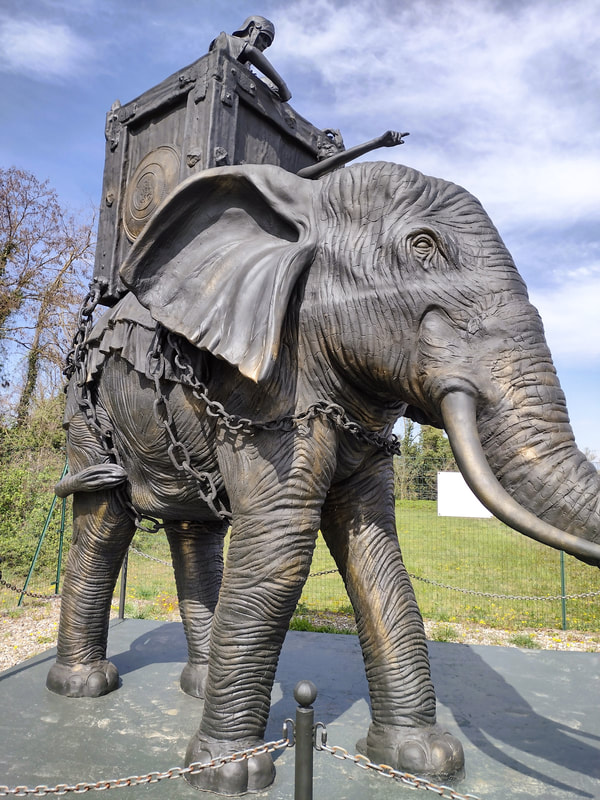
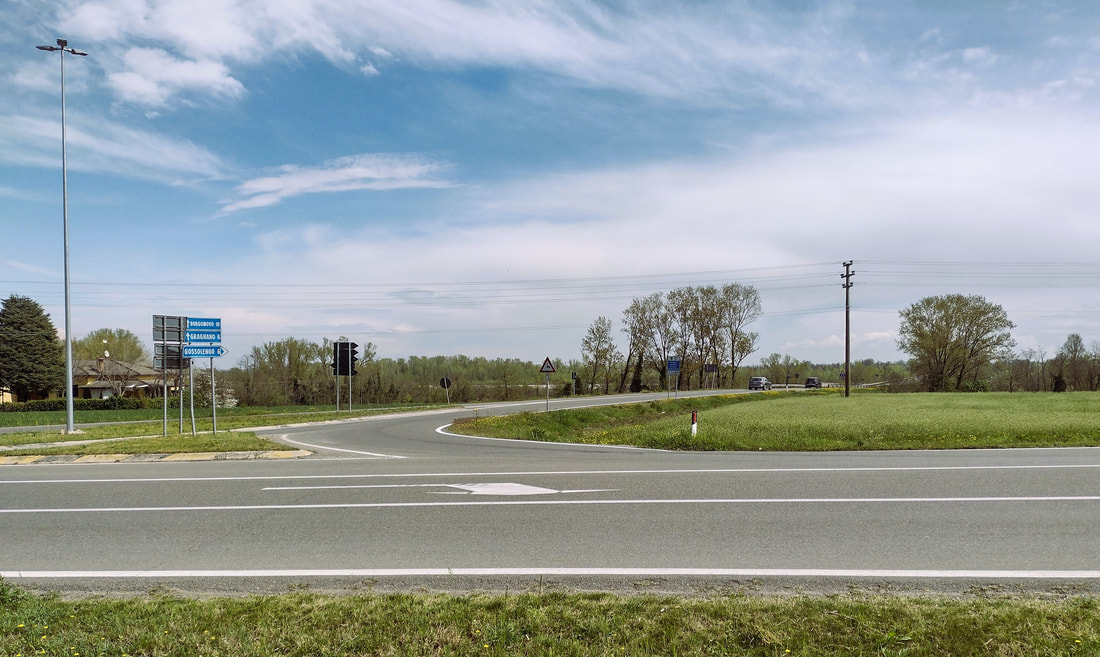
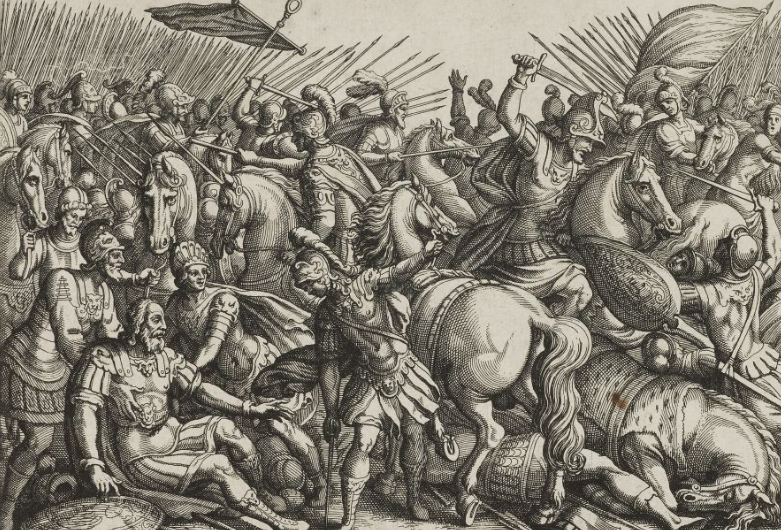


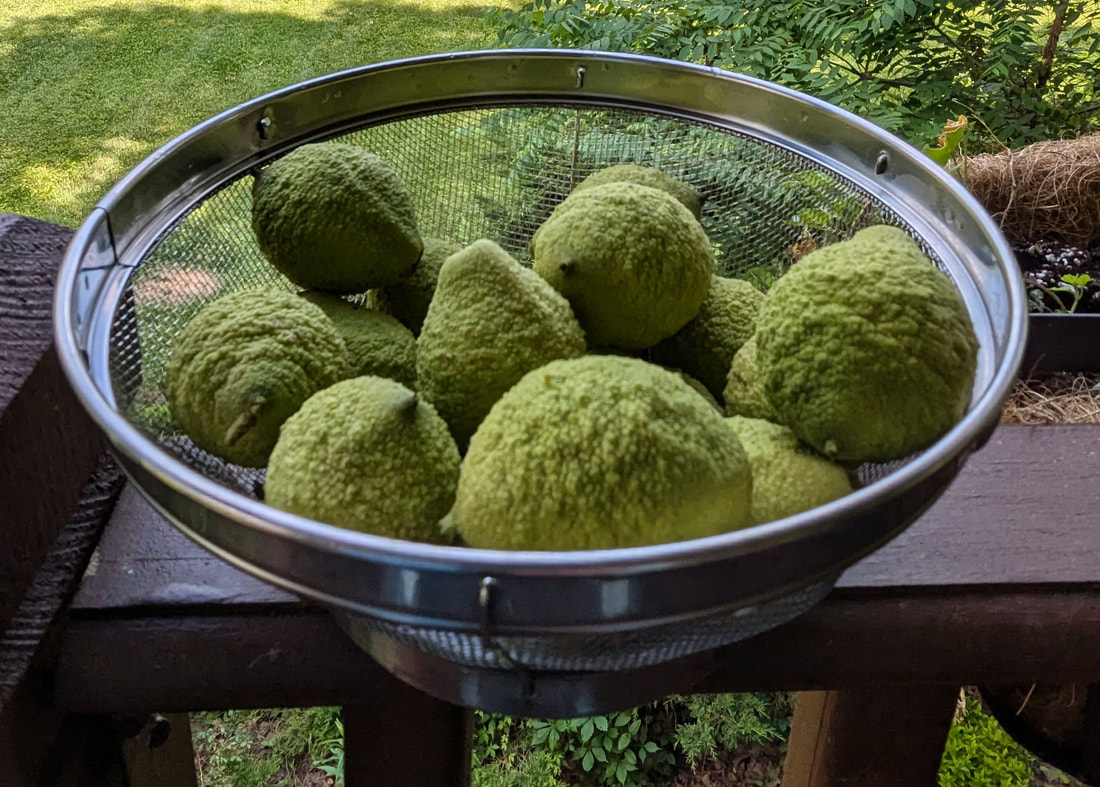
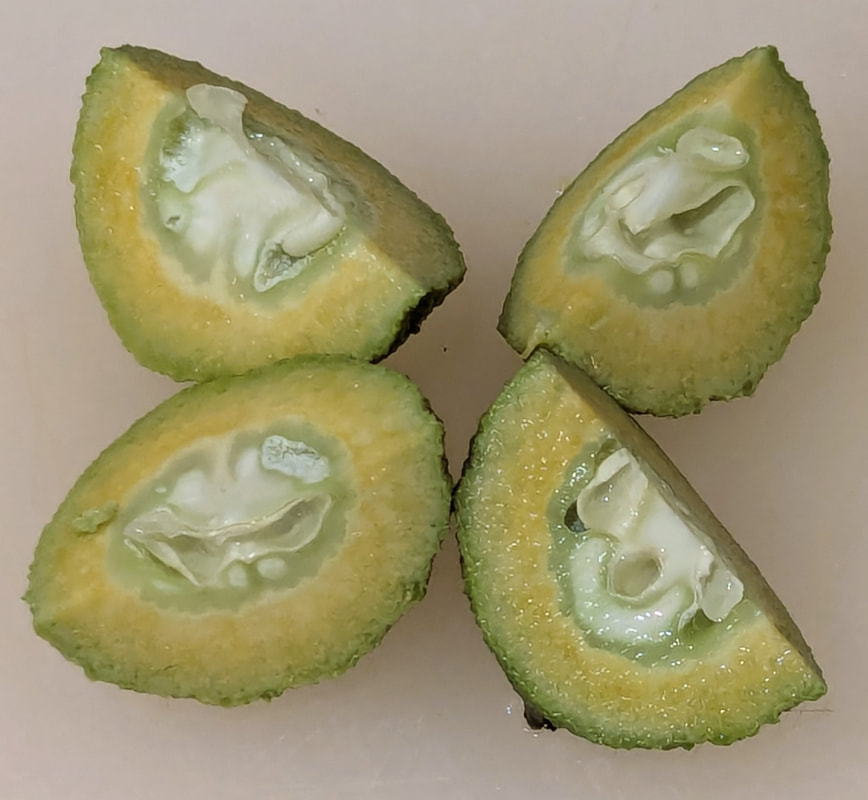
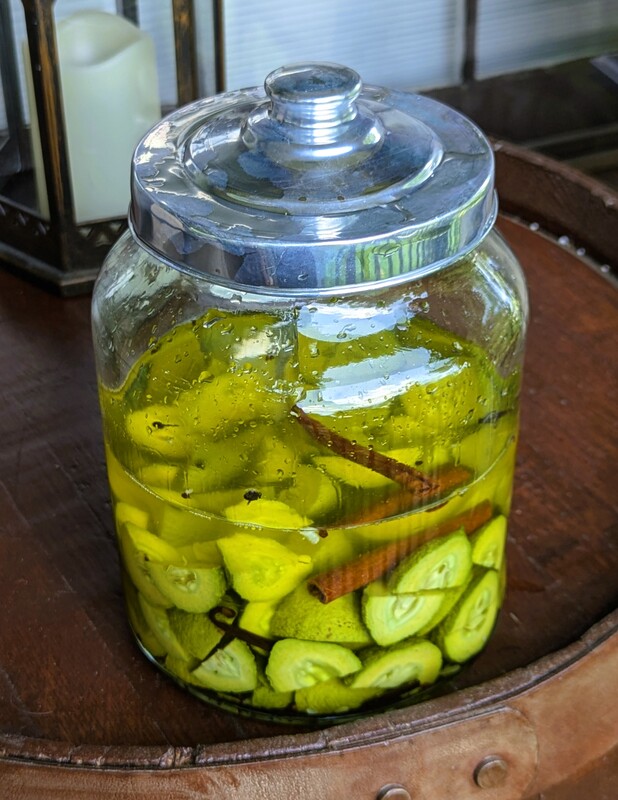
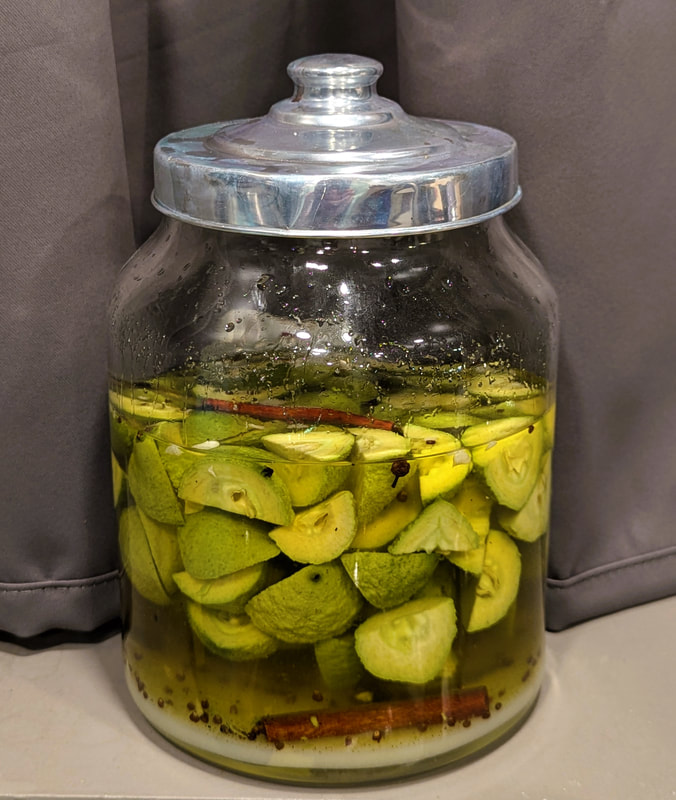

 RSS Feed
RSS Feed